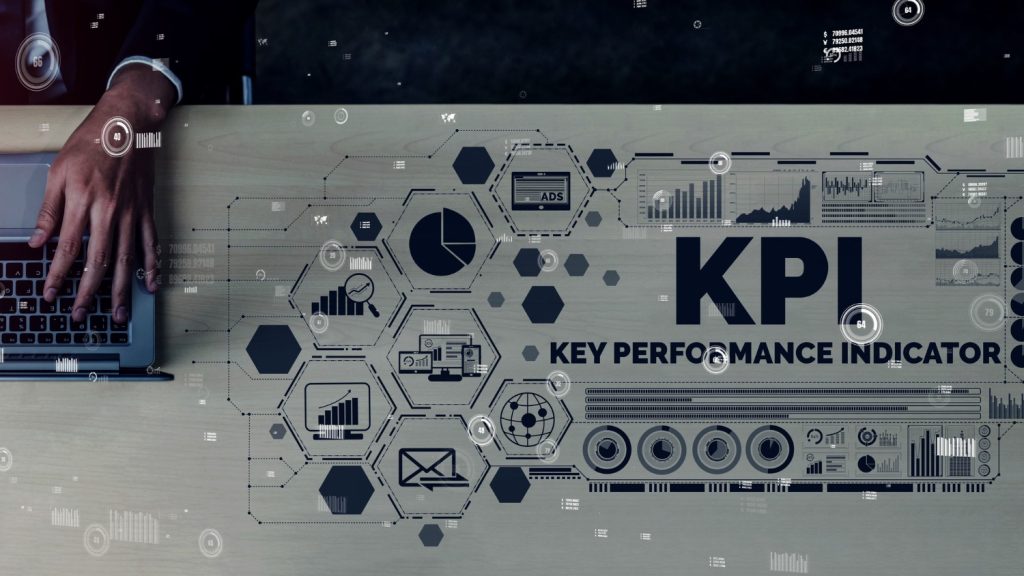Networking has become an essential part of both personal and professional life. Whether it’s building professional relationships, expanding business opportunities, or staying connected with friends and family, networking plays a crucial role. However, measuring the effectiveness and success of networking efforts can be challenging. This is where key performance indicators (KPIs) come into play. In this article, we will explore how to use smart KPIs to measure networking performance effectively.
Understanding Smart KPIs

Smart KPIs differ from traditional metrics by incorporating specific characteristics that enhance their relevance and usefulness. They are:
Specific: Smart KPIs focus on well-defined objectives within the event networking, such as attendee engagement, connections made, or conversion rate.
Measurable: These KPIs are quantifiable, allowing businesses to track their progress accurately. They rely on concrete data points rather than subjective assessments.
Achievable: Smart KPIs are realistic and attainable, considering the resources and capabilities available to the organization. Setting unattainable targets can demotivate employees and hinder progress.
Relevant: KPIs must align with the organization’s broader goals and objectives. They should reflect factors that directly impact networking performance and contribute to overall business success.
Time–bound: Smart KPIs have clearly defined timeframes for achievement, providing a sense of urgency and accountability. They enable organizations to monitor progress effectively and make timely adjustments.
Steps to Use Smart KPIs to Measure Event Networking Performance

Here is the guide to follow smart KPIs to measure event networking performance:
Define Your Networking Objectives
Before measuring networking performance, it’s essential to define clear and specific objectives. Ask yourself, “What do I aim to achieve through networking?” Your objectives could include expanding professional connections, generating business leads, enhancing industry knowledge, or building a personal brand. Defining objectives will help you identify the relevant KPIs to measure your progress.

Select Relevant Smart KPIs
Smart KPIs are specific, measurable, attainable, relevant, and time-bound. They provide a clear and quantifiable measure of your networking performance. Here are some smart KPIs to consider:
1. Number of Connections:
This KPI measures the quantity of new connections made over a specific period. It helps gauge the growth of your network and the potential reach of your networking efforts.
2. Quality of Connections:
While quantity is important, the quality of your connections matters as well. This KPI focuses on the relevance and influence of your connections. Consider factors such as industry relevance, decision-making authority, and engagement level when assessing the quality of your connections.
3. Referrals Generated:
Referrals are a powerful outcome of successful networking. This KPI measures the number of referrals received from your network and indicates the level of trust and influence you have built within your connections.
4. Engagement Level:
Networking is not just about the number of connections but also about engagement and interaction. This KPI measures the level of engagement within your network, such as responses to emails, pre to post-participation in events, or collaboration on projects. It reflects the strength of your relationships and the value you provide to your connections.
5. Conversion Rate:
If your networking efforts aim to generate business leads or opportunities, the conversion rate is a vital KPI. It measures the percentage of leads or opportunities that convert into actual business deals or outcomes.
6. Personal Brand Visibility:
Networking can significantly impact your personal brand. This KPI measures the visibility of your personal brand across different platforms, such as social media, industry events, or speaking engagements. It helps assess the effectiveness of your networking efforts in building a strong personal brand.
Track and Monitor KPIs

Once you have identified the relevant smart KPIs, it’s crucial to track and monitor them regularly. Use technology tools like an event networking platform, customer relationship management (CRM) systems, or spreadsheets to record and analyze your KPI data. Regularly review your KPI metrics to identify patterns, trends, and areas for improvement.
Set Realistic Targets and Benchmarking
To make your KPIs more effective, set realistic targets. Analyze your past performance and industry benchmarks to determine what is achievable. Setting realistic targets will help you stay motivated and focused on continuous improvement. Benchmarking against industry peers or successful networkers can provide valuable insights and inspiration.
Adapt and Refine Your Networking Strategy
KPIs provide valuable feedback on your networking performance. Analyze the data and insights derived from your KPIs to refine your networking strategy. Identify areas where you are excelling and replicate those practices. Similarly, identify areas for improvement and develop action plans to address them. KPIs allow you to make data-driven decisions and optimize your networking efforts for maximum impact.
Benefits of Measuring Smart Performance Indicators of Networking
Measuring Smart KPIs (key performance indicators) offers several benefits, both for individuals and organizations. Let’s explore some of the key advantages:
1. Performance Evaluation and Monitoring:
KPIs provide a quantifiable way to evaluate and monitor performance. By measuring specific metrics, individuals and organizations can assess their progress toward set objectives. KPIs act as a performance barometer, indicating whether goals are being met, exceeded, or falling short.
2. Objective Decision-Making:
KPIs provide data-driven insights that support objective decision-making. Instead of relying on subjective assessments or gut feelings, KPIs offer concrete information that helps individuals and organizations make informed choices. KPIs highlight areas of strength and weakness, enabling targeted actions to improve performance.
3. Continuous Improvement:
KPIs are instrumental in driving continuous improvement. By measuring performance over time, it becomes possible to identify trends, patterns, and areas for enhancement. KPIs facilitate a culture of constant learning and refinement, encouraging individuals and organizations to seek better ways of achieving their goals.
4. Benchmarking and Best Practices:
KPIs enable benchmarking against industry standards and best practices. By comparing performance against similar organizations or successful individuals, valuable insights can be gained. Benchmarking helps identify areas where improvements can be made and provides inspiration for adopting effective strategies or approaches.
5. Motivation and Engagement:
Measuring and tracking KPIs can boost motivation and engagement. When individuals have clear goals and can monitor their progress, it creates a sense of achievement and satisfaction. KPIs provide a tangible way to celebrate successes and milestones, fostering a positive and motivated environment.
6. Resource Allocation:
KPIs assist in optimizing resource allocation. By understanding which activities or areas contribute most to desired outcomes, individuals and organizations can allocate resources effectively. KPIs help identify areas of high impact and prioritize resource allocation accordingly, maximizing productivity and efficiency.
7. Demonstrating Success:
Lastly, measuring KPIs allows individuals and organizations to demonstrate their success to stakeholders, whether it’s clients, investors, or team members. KPIs provide concrete evidence of progress and achievement, instilling confidence and trust in the capabilities and performance of individuals or organizations.
Wrapping Up
Networking is a critical skill in today’s interconnected world, and measuring its performance is essential to ensure effectiveness and efficiency. Smart KPIs provide a structured and measurable way to assess networking efforts.
By defining clear objectives, selecting relevant KPIs, tracking and monitoring progress, setting realistic targets, and adapting your strategy, you can use KPIs effectively to measure and improve your networking performance. Remember, effective networking is not just about the quantity of connections, but also about the quality, engagement, and value you provide to your network.






